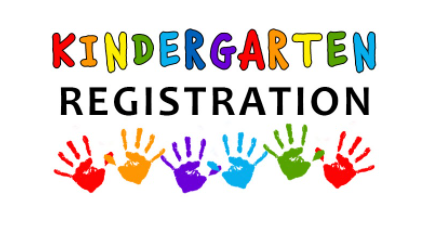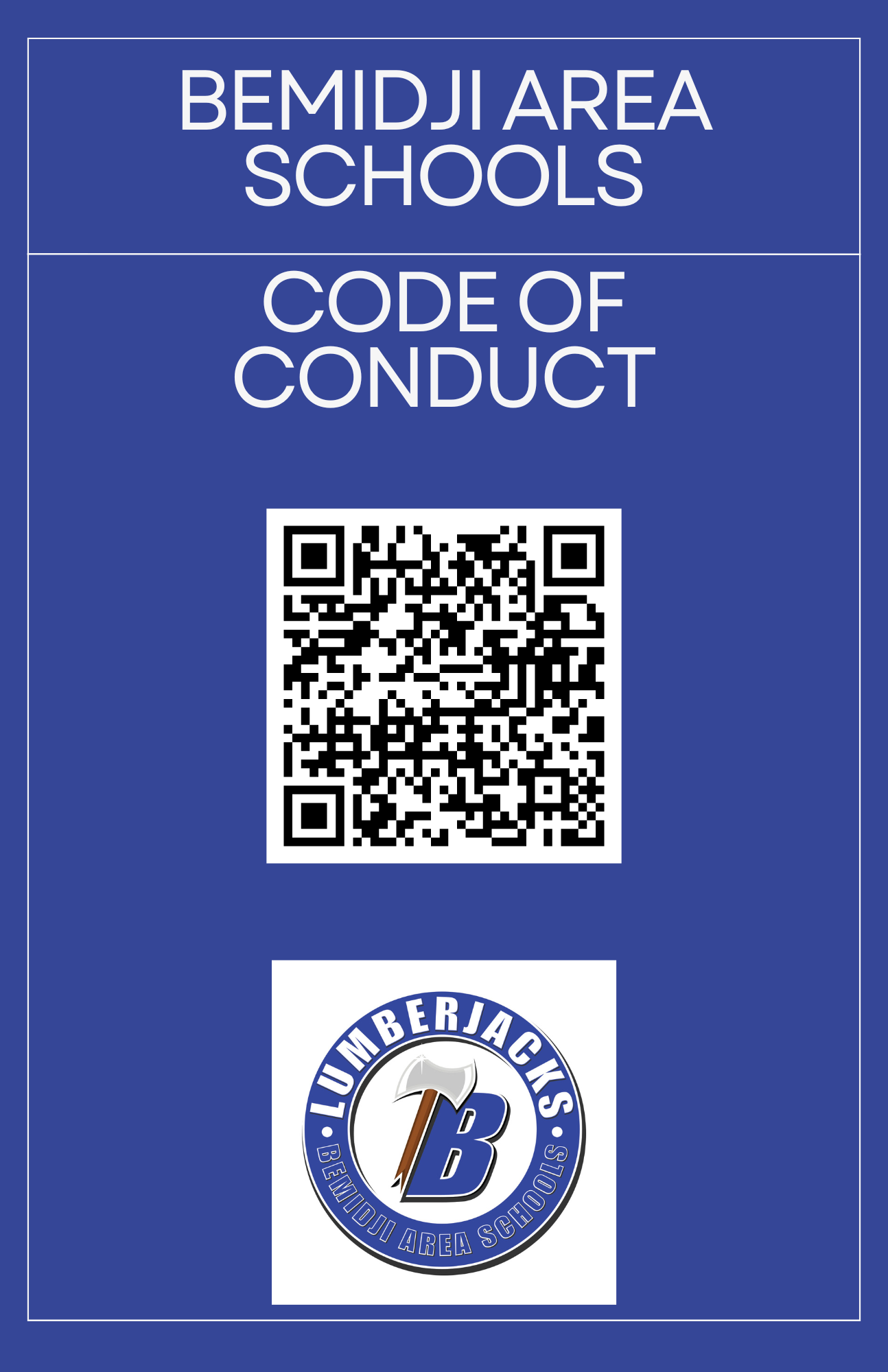Teachers must ensure that all students can read, write, speak, and listen effectively. The school district’s Language Arts Curriculum Objectives, which are based on the national English/Language Arts (ELA) Common Core Standards, provide a list of the things a student should know and be able to do at each grade level. Teachers must teach the skills indicated in the curriculum objectives to ensure student success. Parents should be informed regarding the reading skill objectives expected of their children at each grade level. To view the school district’s Language Arts Curriculum Objectives by grade level, please click on the appropriate link:
Language Arts Curriculum Objectives
The Houghton Mifflin “Journeys” Reading/Language Arts program has been adopted for use by Bemidji Area Schools’ K-6 teachers of reading. This program is aligned with the ELA Common Core Standards and the Bemidji District Curriculum Objectives. Click on the link below to view the “scope” (skills taught) and the “sequence” (order skills are taught) of “Journeys”:
“Journeys” Scope & Sequence
Teachers are to fully implement the Houghton Mifflin “Journeys” program in their instruction. “Full implementation” does not mean that every single activity and worksheet is completed; however, it does mean that the essence of the program should remain intact, and the program should be used as a “tool” to teach required standards and objectives. Teachers must provide instruction in the 5 basic elements of reading: phonemic awareness, phonics, fluency, vocabulary, and comprehension. Activities in all of these areas are provided by the “Journeys” program. Within the program, teachers must differentiate and select the most necessary and beneficial activities to meet the curriculum objectives and students’ needs.
Within the continuum of core reading instruction and through the use of the “Journeys” program, teachers are expected to apply the following practices:
- Scientifically-based reading instruction, including (but not limited to) the practices outlined in the link below:
- Balanced literacy instruction, including time for shared reading, guided reading, independent reading, read-alouds
- Differentiated whold group and flexible small group instruction, including whole and small group key strategy instruction (pre-teaching and/or re-teaching) and guided reading lessons provided by the “Journeys” program
- Student Engagement Strategies optimizing learning for all students, including increased opportunities for:
- “Academic Talk” (turn-to-your-partner, discussion groups, think-pair-share, etc.)
- “Academic Writing” (sentence frames, writing in response to reading, “quick writes”, “3-minute Buzz”, entrance or exit slips, etc.
- “Academic Movement‘ (vocabulary charades, acting out a scene from a story, using actions to reinforce letter sounds, etc.)
- Use of Integrated Technology (SMARTBoard activities, the integration of software tools – PowerPoint, digital cameras, Internet – – into projects, etc.)


